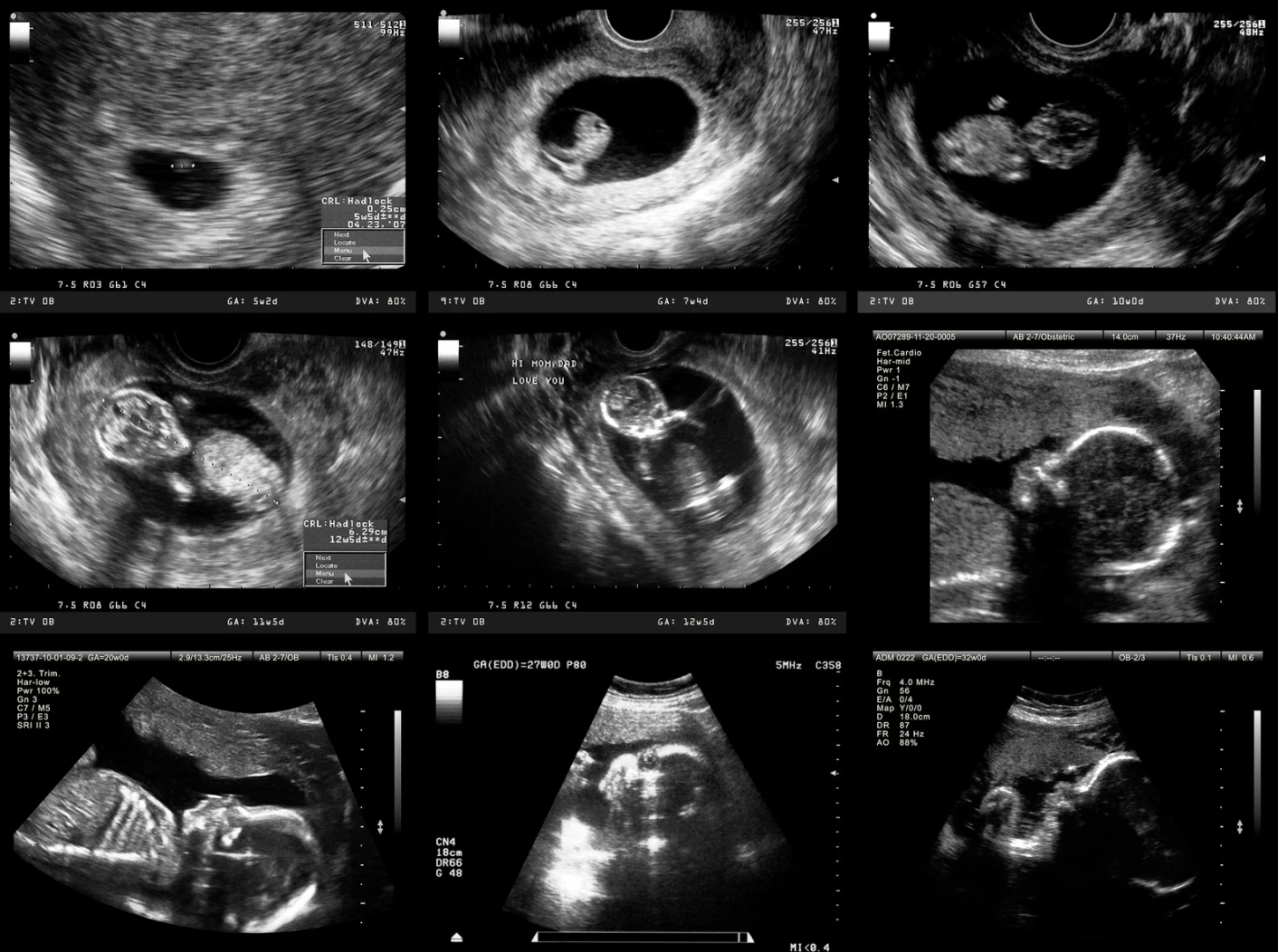For many expectant moms, the idea of nursing their baby right after birth is something they look forward to. Skin-to-skin contact and immediate breastfeeding help with bonding and milk production, but after a C-section, nursing may not always happen right away.
If you’re preparing for a cesarean birth, it’s helpful to understand why breastfeeding might be delayed and what you can do to set yourself up for success.
Why Immediate Nursing May Be Delayed After a C-Section
Medical Priorities and Surgical Recovery
A C-section is a major surgery, and once your baby is born, the medical team still needs to:
- Ensure your uterus is contracting properly.
- Close the incision layers carefully.
- Monitor your vital signs, blood loss, and the effects of anesthesia.
Because of this, you may not be able to hold and nurse your baby right away, especially if your arms are positioned with IV lines and monitors.
Effects of Anesthesia and Medications
Depending on the type of anesthesia used, you might feel:
- Groggy, shaky, or nauseous after surgery.
- Drowsy from pain medication, making it harder to hold your baby.
- Limited mobility, which may make positioning for breastfeeding difficult.
Additionally, some newborns are extra sleepy after a C-section because of anesthesia, which can make latching in the first few hours a little more challenging.
Baby’s Immediate Health Assessments
After a C-section, your baby may need extra monitoring before they’re placed in your arms. These routine checks include:
- Breathing and oxygen levels – Some babies need more time to clear fluid from their lungs.
- Heart rate and reflexes – To make sure everything is stable.
- Temperature regulation – Newborns lose heat quickly and may need warming before skin-to-skin contact.
These assessments only take a short time, but they can cause a slight delay in breastfeeding.
Limited Mobility in the Operating Room
In the surgical suite, your arms may be secured for IV lines and blood pressure monitoring. While some hospitals support early skin-to-skin contact in the OR, positioning for breastfeeding may not be possible until you move to recovery.
Hospital Protocols and Staff Availability
Not all hospitals allow immediate skin-to-skin contact after a C-section, and policies can vary. Some hospitals may:
- Wait until you’re in recovery before placing your baby on your chest.
- Allow your partner or a nurse to help position your baby near you for bonding.
- Support breastfeeding in the OR, depending on staff availability and medical stability.
If immediate nursing is important to you, it’s helpful to discuss your preferences with your doctor ahead of time.
How to Prepare for Breastfeeding After a C-Section
Even if immediate nursing is delayed, you can still create a strong start by:
- Requesting early skin-to-skin as soon as you are stable in recovery.
- Having your partner or hospital staff position the baby close to you in the OR so you can touch, talk to, and bond with them right away.
- Using the Golden Hour wisely—even if it happens in the recovery room, the first hour after birth is a great time to start breastfeeding.
- Hand-expressing colostrum if latching is delayed, and having a nurse or partner feed it to your baby to stimulate milk production.
- Discussing your preferences in advance with your doctor and hospital staff to ensure they support early breastfeeding when possible.
Every Journey is Unique
While nursing your baby right after a C-section may not always be immediate, it does not mean breastfeeding success is out of reach. Many hospitals now encourage early skin-to-skin contact, and with the right preparation, you and your baby can still have a strong breastfeeding start.
If you’re planning a C-section, talk with your healthcare team about your options for early nursing. Whether breastfeeding begins in the OR, recovery room, or a little later at home, you and your baby have plenty of time to bond and develop a strong nursing relationship. The most important thing is that you both are safe, cared for, and supported on this journey.


